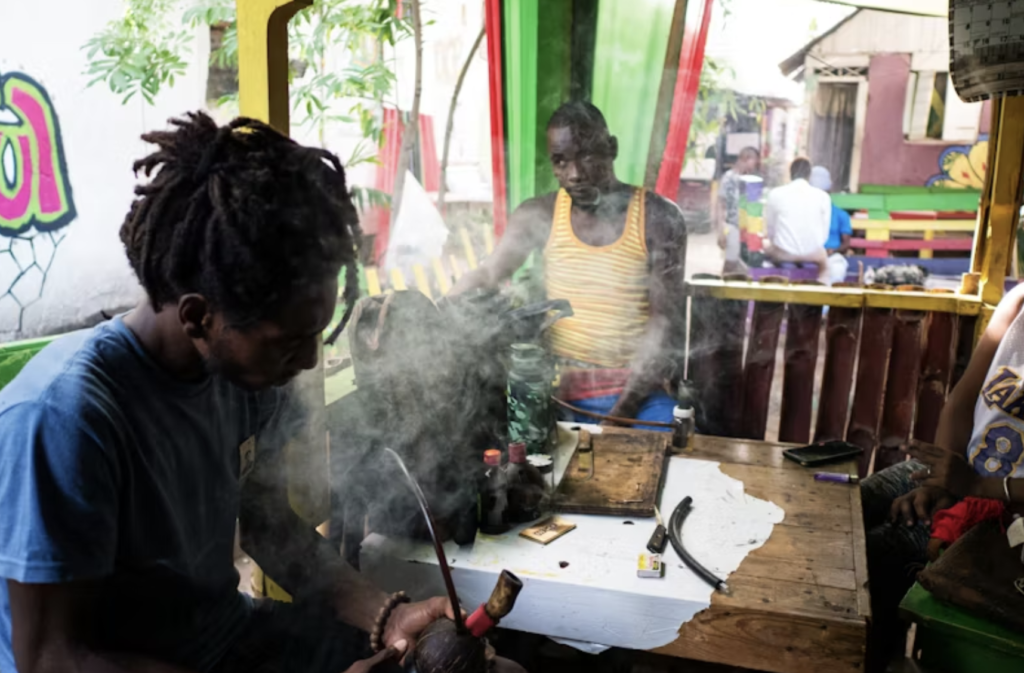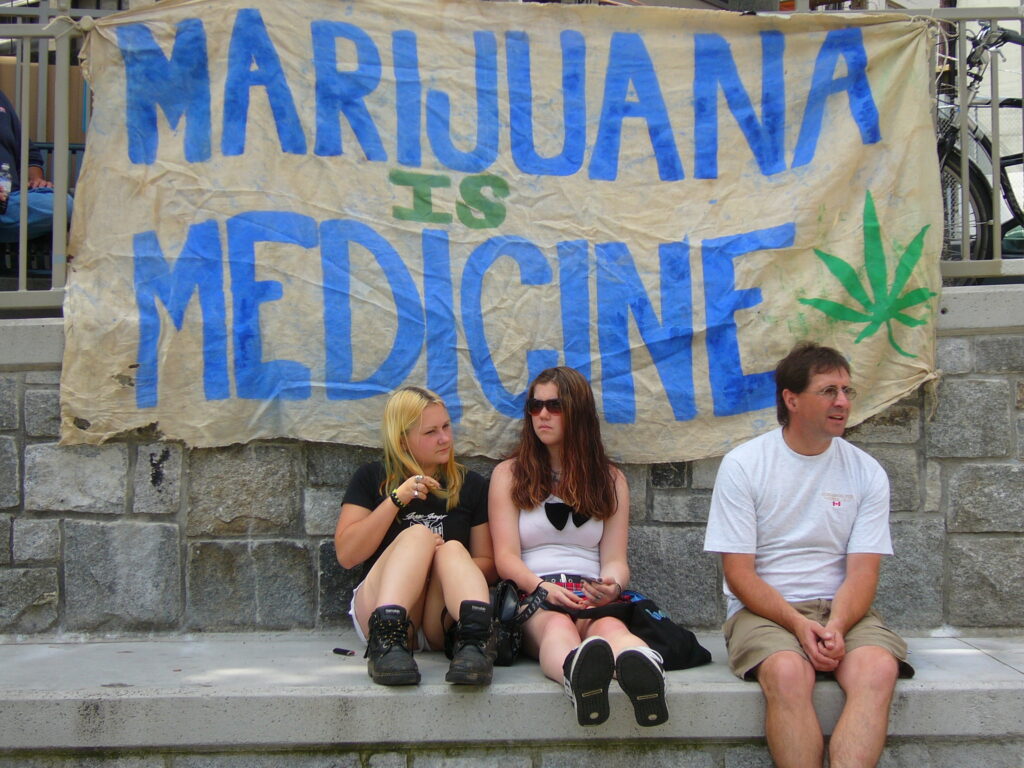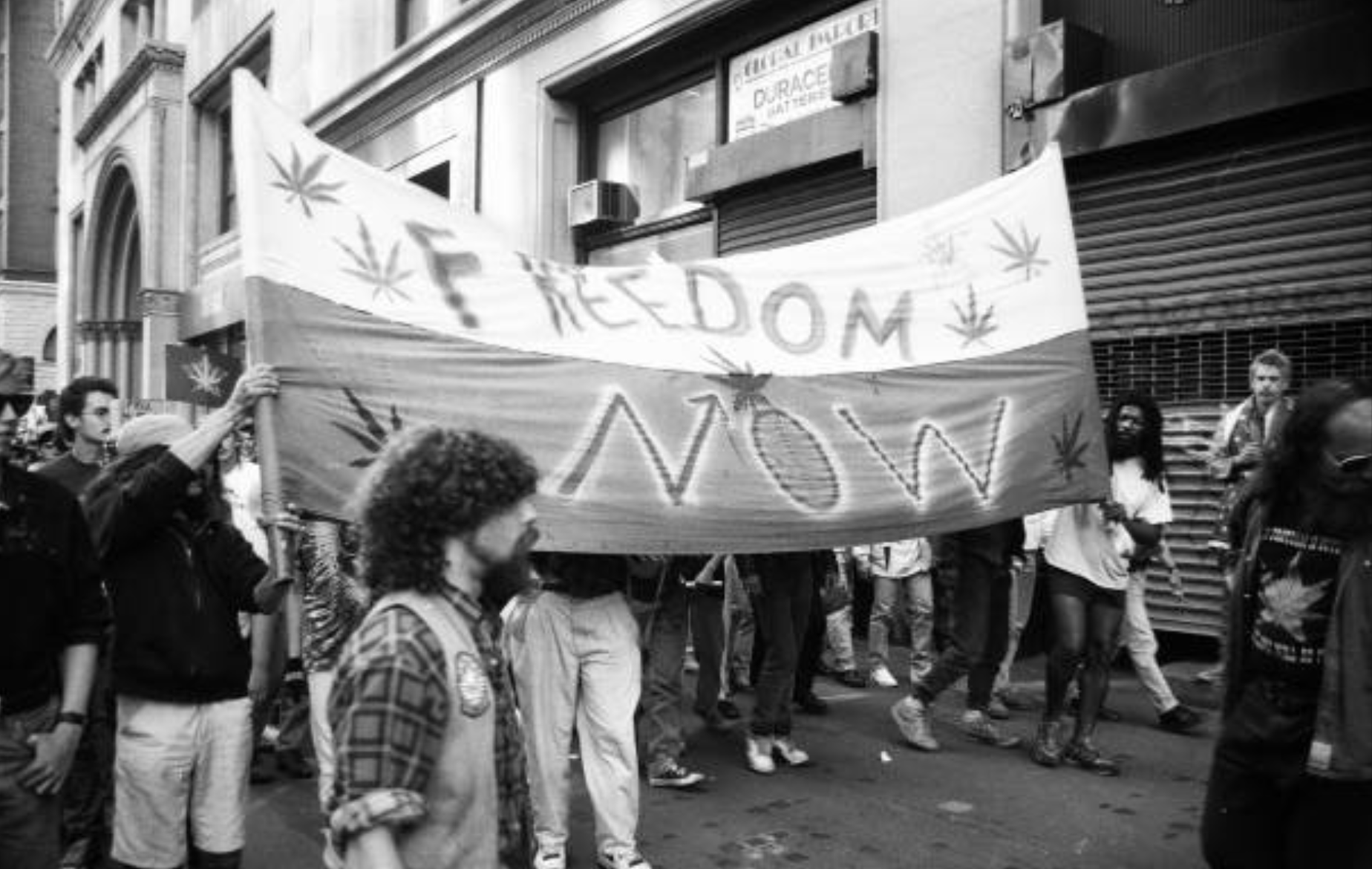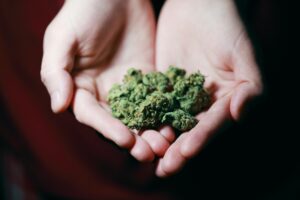Cannabis has played a defining role in various counterculture movements throughout history, acting as both a symbol of rebellion and a tool used to expand thinking and push for social change. From the Beat Generation of the 1950s to the hippie movement of the 1960s and beyond, cannabis has been intertwined with efforts to challenge societal norms and promote alternative lifestyles. This article explores the role of cannabis in counterculture movements leading up to modern day.
The Beat Generation
The Beatniks or “Beat” Generation, a literary movement of the 1950s, was one of the first, alongside the Jazz Era to prominently feature cannabis in its countercultural ethos. Writers like Jack Kerouac, Allen Ginsberg, and William S. Burroughs experimented with cannabis and other substances, and it became a symbol of their rebellion against mainstream society, representing a desire to expand consciousness and break free from societal constraints.
The Beats rejected the materialism and conformity of post-war America, embracing a more spontaneous and liberated way of living. Writers from the Beat Generation often referenced their experiences with drugs in their works, providing us with written accounts of the drugs accounts on subjectivity and the bodily experience, offering a unique insight into the use of cannabis in art, a theme that we explores in our previous blog post about cannabis in cinema.
The Hippie Movement
The 1960s saw the rise of the hippie movement, which brought cannabis into the spotlight as a central component of its countercultural identity. Hippies were related to the larger counter-cultural and sub-cultural movements that have come to define the 1960s, including ethnic power movements, sexual and gender liberation struggles, and anti-war campaigns. Cannabis was integral to their lifestyle, viewed as a natural, non-addictive substance that promoted peace and introspection.
The famous Summer of Love in 1967 and the Woodstock festival in 1969 were both emblematic of this era, where the use of cannabis among other drugs, like LSD, was widespread and celebrated as part of the communal experience .The hippie movement’s embrace of cannabis also had political dimensions. Activists saw the criminalization of cannabis as an extension of broader social injustices. Organizations like the National Organization for the Reform of Marijuana Laws (NORML), founded in 1970, emerged to advocate for the legalization of cannabis, linking it to broader civil rights and anti-establishment causes.

The Reggae Scene
Cannabis holds a central place in the reggae music movement, deeply intertwined with the cultural and spiritual practices of Rastafarianism, a religion that emerged in Jamaica in the 1930s. Reggae artists like Bob Marley used their music to promote the spiritual and meditative benefits of cannabis, often referring to it as “ganja” or the “holy herb.” This advocacy was not merely about drug use but was part of a broader social and political movement that sought to challenge colonial oppression, racial injustice, and economic inequality.
Reggae music, with its emphasis on peace, love, and resistance, used cannabis as a symbol of rebellion against the establishment and as a means of connecting with the divine.
The Modern Era
In recent decades, cannabis has continued to be associated with countercultural movements, though its role has evolved. The legalization and decriminalization of cannabis in many parts of the world have shifted its status from an illicit substance to a symbol of progressive social change. Movements advocating for cannabis legalization often intersect with broader social justice campaigns, including those addressing mass incarceration, racial disparities in drug enforcement, and the long-term effects of the war on drugs.
Cannabis culture today is diverse, encompassing everything from medical marijuana advocacy to recreational use among young adults. The plant has been embraced by various subcultures, including the wellness industry and tech communities, where it is often touted for its potential benefits in creativity, relaxation, and holistic health .

Conclusion
The role of cannabis in counterculture movements is multifaceted and deeply rooted in the history of social change. From the Beat Generation’s literary rebellion to the hippie movement’s quest for peace and love, cannabis has been a symbol of resistance against mainstream values and an instrument for personal and collective liberation. Its presence in the reggae music scene further cemented its status as a countercultural icon. Today, as cannabis becomes more accepted and legalized, its legacy continues to influence contemporary movements advocating for social justice and progressive change.






